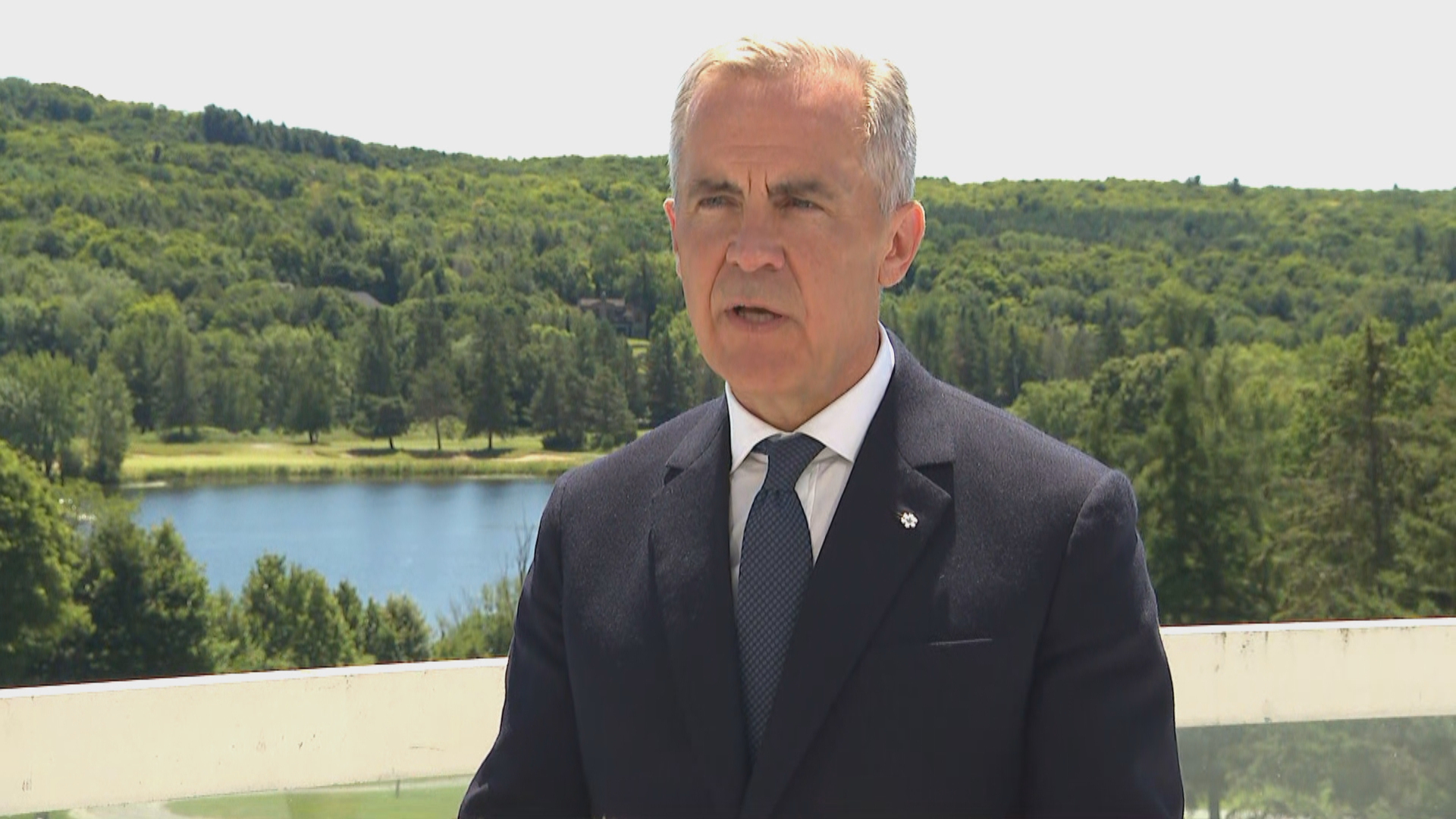U.S. inflation ticked up in February, driven by higher rent and gas prices

U.S. consumer prices increased solidly in February amid higher costs for gasoline and shelter, suggesting some stickiness in inflation that could delay an anticipated June interest rate cut from the Federal Reserve.
The consumer price index (CPI) rose 0.4 per cent last month after climbing 0.3 per cent in January, the Labour Department’s Bureau of Labour Statistics (BLS) said on Tuesday. Gasoline and shelter, which includes rents, contributed more than 60 per cent to the monthly increase in the CPI.
In the 12 months through February, the CPI increased 3.2 per cent, after advancing 3.1 per cent in January.
Economists polled by Reuters had forecast the CPI gaining 0.4 per cent on the month and increasing 3.1 per cent year-on-year. The annual increase in consumer prices has slowed from a peak of 9.1 per cent in June 2022, but progress has stalled in recent months.
Inflation picked up in January, largely blamed on beginning-of-year price raises by service providers, which economists said were not fully addressed by the model used by the government to strip out seasonal fluctuations from the data.
There was also a jump in owners’ equivalent rent (OER), a measure of the amount homeowners would pay to rent or would earn from renting their property, which diverged from rents. That was partly the result of some methodology changes by the government.
The BLS last week held a webinar to discuss the underlying methodology related to the January OER and rent data.
“There is a high likelihood that OER inflation will exceed rent inflation more often moving forward,” said Stephen Juneau, an economist at Bank of America Securities in New York.
“However, we think that much of the 20 basis points divergence was noise and not signal. Rent and OER inflation should continue to moderate over the course of this year, helping to drive core inflation lower as goods price deflation dissipates.”
Job growth accelerated, unemployment increased
Excluding the volatile food and energy components, the CPI increased 0.4 per cent last month after rising by the same margin in January. In the 12 months through February, the so-called core CPI advanced 3.8 per cent. That was the smallest year-on-year increase since May 2021 and followed a 3.9 per cent rise in January.
The Fed tracks the personal consumption expenditures price indexes for its two per cent inflation target. These measures are running at rates more tamer than the CPI. Though job growth accelerated in February, the unemployment rate increased to a two-year high of 3.9 per cent and annual wage inflation moderated a bit.
Prior to the release of the CPI data, financial markets saw a roughly 70 per cent chance of the Fed cutting rates in June. Since March 2022, the U.S central bank has raised its policy rate by 525 basis points to the current 5.25-5.50 per cent range.

;Resize=620)

;Resize=620)
;Resize=620)